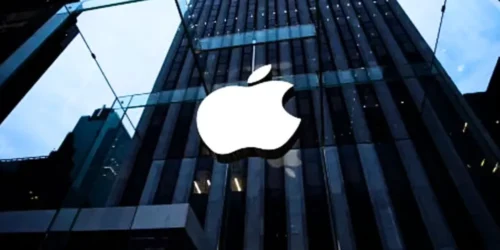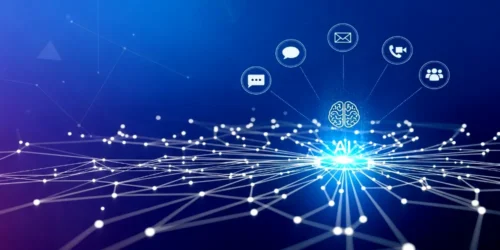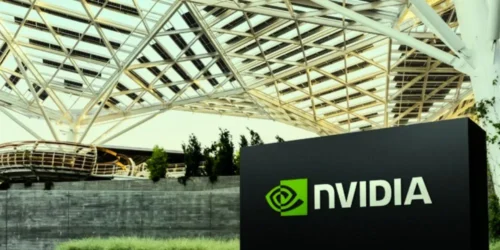We often talk about Artificial Intelligence in futuristic, cinematic terms—sentient robots, conscious computer systems, and grand, world-altering events. But this science-fiction lens obscures a more immediate and profound truth: the AI revolution isn’t a distant event on the horizon. It has already begun. It’s a quiet, pervasive transformation happening not in a single cataclysm but in a million tiny, integrated ways. From the route your GPS suggests to the music your streaming service recommends, AI has become an integral part of our modern lives. This analysis moves beyond the hype to explore what AI truly is today, how it shapes our world and the critical questions we must answer as we navigate its powerful evolution.
Demystifying AI: From Theory to Reality
Before we can analyze its impact, we must first understand what we mean by “AI.” The term itself is a broad umbrella, covering everything from simple algorithms to complex neural networks. Peeling back the layers reveals a practical and data-driven core that powers today’s technology.
What We Talk About When We Talk About AI
Today’s AI is predominantly “Narrow AI” or “Weak AI.” This means it excels at a single, specific task. The AI that can defeat a grandmaster at chess cannot write a poem or diagnose a disease. It operates within a pre-defined context, using vast datasets to recognize patterns and make predictions. This stands in stark contrast to “Artificial General Intelligence” (AGI), the hypothetical, human-like consciousness of sci-fi fame, which remains firmly in the realm of theory.
The Engine of Modern AI: Machine Learning
The driving force behind most modern AI is Machine Learning (ML). Instead of being explicitly programmed with rules for every scenario, an ML model learns from data. We feed it thousands of images of cats, and it learns to identify the patterns—such as whiskers, pointy ears, and tails—that define a cat. The more data it processes, the more accurate its predictions become. This ability to learn and adapt is what makes AI so powerful and versatile.
The Ubiquitous Integrator: AI in Our Daily Lives
You likely interact with dozens of AI systems before you even finish your morning coffee. This seamless integration shows how deeply AI has already reshaped our personal experiences, making them more efficient, personalized, and connected.
The Personalized World
Every time you open Netflix, Spotify, or Amazon, AI algorithms get to work. They analyze your past behavior—what you’ve watched, listened to, or bought—and compare it with that of millions of other users to curate a personalized experience. This is the engine of the recommendation economy, designed to show you what you want before you even know you want it.
Navigating and Communicating
AI is your co-pilot and your translator. Systems like Google Maps and Waze don’t just store road data; they use real-time traffic information and predictive models to find the fastest route. Similarly, voice assistants like Siri and Alexa utilize natural language processing to understand your commands. At the same time, translation apps instantly break down language barriers.
A Double-Edged Sword: The Economic and Societal Transformation
As AI moves from our phones into our industries, its impact becomes far more significant, promising unprecedented innovation while raising fundamental questions about the future of work and fairness in our society.
Fueling Innovation and Efficiency
In business, AI is an incredible tool for optimization. It helps companies manage complex supply chains, predict equipment failures before they happen, and accelerate scientific research. In medicine, AI models can analyze medical scans to detect cancers with a speed and accuracy that surpass those of human experts, promising a new era of proactive healthcare.
The Looming Question of Job Displacement
Naturally, the rise of automation sparks fear of mass unemployment. While AI will certainly automate many repetitive tasks, the narrative is shifting from job elimination to job transformation. The challenge lies in reskilling the workforce for new roles that require creativity, critical thinking, and emotional intelligence—skills that remain uniquely human. New jobs, such as “AI ethicist” and “data trainer,” are already emerging.
The Bias in the Machine
An AI system is only as good as the data it learns from. If historical data reflects human biases, the AI will learn and amplify those biases. We have already seen this in action with hiring tools that discriminate against female candidates or facial recognition systems that are less accurate for people of color. This presents a major challenge: ensuring that our automated systems are fairer than the flawed world from which they learn.
The Ethical Minefield: Navigating New Dilemmas
The power of AI forces us to confront difficult ethical questions about accountability, privacy, and control. Technology is developing faster than our legal and ethical frameworks, creating a landscape fraught with complex challenges.
The Black Box Problem
Many advanced AI models, particularly deep learning networks, operate as “black boxes.” We can see both the input (data) and the output (decision). Still, we cannot easily understand the reasoning process that lies in between. This lack of transparency is a significant issue when an AI system denies someone a loan or makes a critical medical recommendation. Who is accountable when we don’t know why the decision was made?
Privacy in the Age of Data
AI has a voracious appetite for data, and that data often comes from us. Our clicks, our conversations with smart speakers, and our location history all become fuel for AI models. This creates a fundamental tension between technological progress and the individual’s right to privacy, forcing a debate over data ownership and consent.
Regulating a Runaway Train?
Governments and international bodies are scrambling to develop regulations for AI. It’s a delicate balancing act. Over-regulate, and you stifle innovation. Under-regulate, and you risk unintended social harm. Finding the right approach to guide AI development responsibly is one of the most pressing policy challenges of our time.
Gazing into the Future: What’s Next on the AI Horizon?
While we grapple with today’s AI, the next wave of innovation is already here. The future isn’t about waiting for sentient robots; it’s about harnessing new capabilities and embedding ethical considerations directly into the development process.
The Rise of Generative AI
Tools like ChatGPT and Midjourney represent a major leap forward. This is “Generative AI,” which not only analyzes data but also creates entirely new content—text, images, music, and code. It is set to revolutionize creative industries and knowledge work, acting as a powerful collaborator for human professionals.
Towards Responsible AI Development
The most important trend for the future is the growing movement for “Responsible AI.” This involves building ethics, fairness, transparency, and accountability into AI systems from the very beginning. The goal is to ensure that human values guide technological development, keeping people “in the loop” and control.
Conclusion
Artificial Intelligence is not a monolithic entity or a distant dream. It is a collection of powerful tools that are actively reshaping our reality. It offers incredible potential to address some of humanity’s most significant challenges, from disease to climate change. However, it also acts as a mirror, reflecting our own biases and forcing us to confront difficult questions about fairness, privacy, and the kind of future we want to build. The AI revolution is here, and we are no longer mere spectators. We are the architects, the ethicists, and the users tasked with the profound responsibility of steering this transformation toward a more equitable and prosperous world for all.













